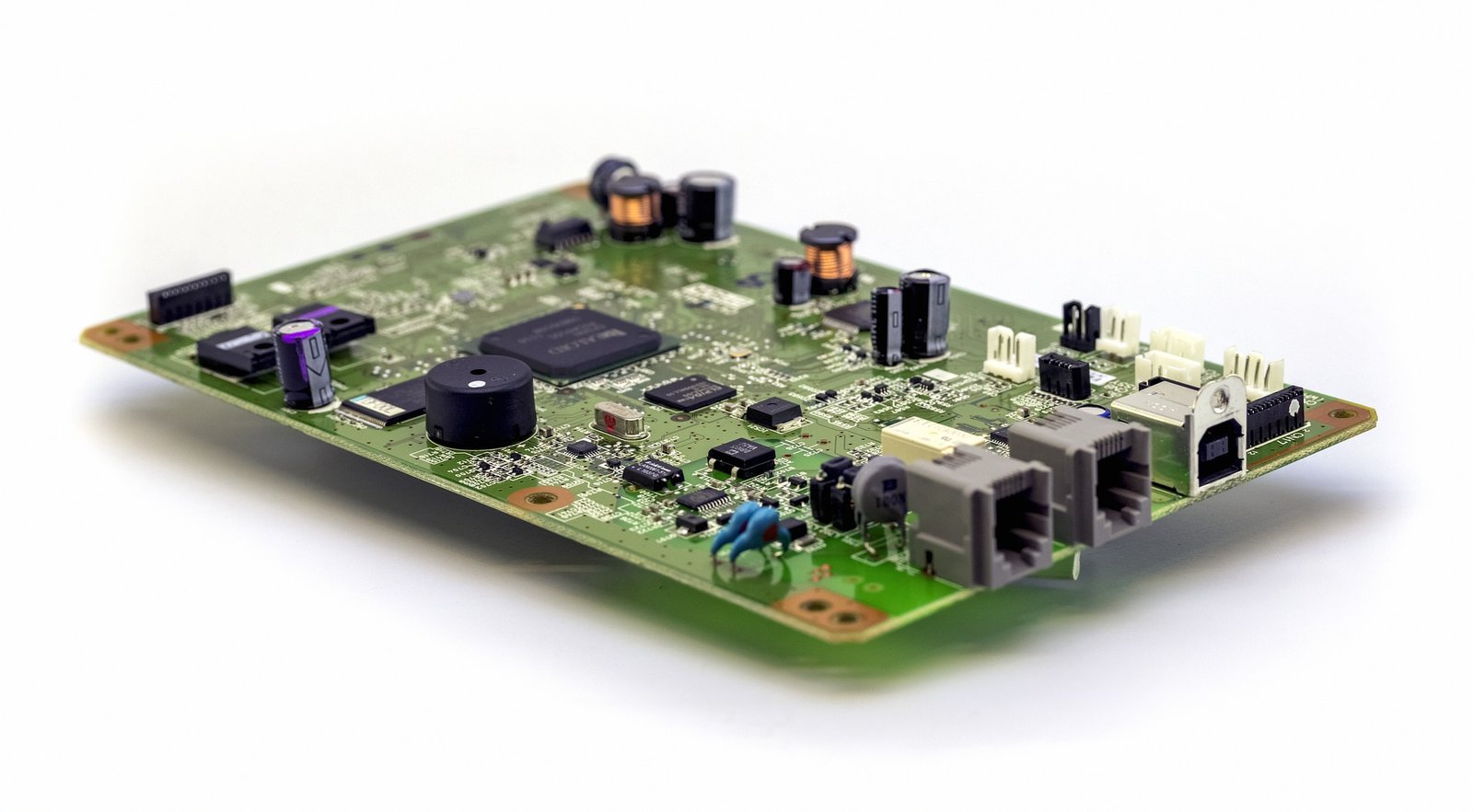Designing an RGB mechanical keyboard PCB (Printed Circuit Board) is a multifaceted process that combines technical precision with creative design. This guide will walk you through the essential steps to create a functional and visually appealing RGB mechanical keyboard PCB, ensuring that your design is both innovative and manufacturable.
1. Conceptualization and Requirements Gathering
Before diving into the design, it is crucial to define the keyboard PCB‘s specifications. This stage involves selecting the keyboard’s form factor, determining the number of keys, choosing the type of mechanical switches, and deciding on the RGB lighting configuration. The form factor could range from a full-sized layout to a compact 60% keyboard, depending on user preferences.
Key Considerations:
· Switch Type: Mechanical switches like Cherry MX, Gateron, or Kailh are commonly used in custom keyboard designs. Ensure that your PCB is compatible with the selected switch type.
· RGB Configuration: Decide between per-key RGB lighting, which allows for individual key customization, or under-glow lighting, which provides a soft ambient light around the keyboard’s base.
2. Schematic Design
The next step is creating a detailed schematic, serving as the blueprint for your PCB. This involves defining all electrical connections and selecting the necessary components, including microcontrollers, diodes, resistors, and RGB LEDs.
Components to Include:
· Microcontroller: Select a microcontroller that supports USB communication and has sufficient I/O pins for both key switches and RGB LEDs.
· Diodes: Diodes are essential to prevent ghosting, a common issue in mechanical keyboards, and should be placed across each switch.
· Resistors and Capacitors: These components are necessary for stabilizing the power supply and ensuring the proper functioning of LEDs.
3. PCB Layout Design
With the schematic finalized, the next step is to design the PCB layout. This involves arranging components on the PCB and routing the electrical connections.
Best Practices:
· Component Placement: Place the microcontroller centrally, with other components logically distributed around it. Ensure diodes are positioned close to their corresponding switches.
· Trace Routing: Use thicker traces for power and ground to handle higher currents, especially those powering RGB LEDs. Signal traces can be thinner but must be routed carefully to minimize interference.
· Ground Planes: Integrate ground planes into your design to reduce electrical noise and stabilize the circuit.
4. Integration of RGB LEDs
RGB LEDs are a key feature in mechanical keyboards, adding both aesthetic value and functional lighting. Implementing per-key RGB lighting requires careful consideration of power supply and signal routing.
RGB LED Integration Tips:
· Power Supply Management: RGB LEDs can draw significant power, especially in large quantities. Ensure your power supply can handle the total current load.
· Driver Circuit: Use a PWM (Pulse Width Modulation) driver to control LED brightness and color. Ensure compatibility with your chosen microcontroller.
5. PCB Prototyping and Testing
Once the design is complete, it’s time to create a prototype of the PCB to verify its functionality. ArisenTec’s PCB prototyping services can be particularly valuable at this stage, offering high-quality prototypes with fast turnaround times.
Testing Focus:
· Switch Functionality: Test all keys to ensure they register correctly, with no ghosting issues.
· RGB Performance: Verify that the RGB LEDs function as expected, with proper color rendering and brightness control.
· USB Communication: Ensure the keyboard’s USB interface communicates correctly with a computer.
6. Final Adjustments and Manufacturing
After successful prototype testing, finalize your design for production. This includes making any necessary adjustments and preparing the design files for manufacturing. ArisenTec, known for its expertise in PCBA manufacturing, can assist in bringing your design to life, ensuring top-notch quality and reliability.
Considerations for Production:
· Design for Manufacturability (DFM): Optimize your PCB design for efficient and cost-effective manufacturing.
· Quality Control: Implement thorough testing protocols to ensure that every PCB meets the highest standards of quality and performance.
Conclusion
Designing an RGB mechanical keyboard PCB is a complex yet rewarding process that requires attention to detail at every stage. By carefully considering each step—from conceptualization to prototyping—you can create a high-quality keyboard that meets both functional and aesthetic needs. Partnering with industry leaders like ArisenTec for PCB prototyping services and PCBA manufacturing will help ensure your project’s success, delivering a product that stands out in the competitive market of mechanical keyboards.
For more information on how ArisenTec can support your PCB design and manufacturing needs, visit ArisenTec.
Choosing the Right Wires for Breadboard Wiring: A Comprehensive Guide
Breadboards are a staple in electronic circuit building, offering flexibility and ease of use for both beginners and professionals. However, one of the most critical aspects of working with breadboards is selecting the right wires. The wires you choose can impact not only the functionality of your circuit but also its longevity and ease of…
How to Improve Heat Dissipation in PCB Design
Introduction As modern electronic devices become more complex and power-dense, heat dissipation has emerged as a critical factor that directly impacts device performance and reliability. Excessive junction temperatures in electronic systems can shorten the lifespan of components and lead to system failure. Thus, optimizing the PCB (Printed Circuit Board) design to improve heat dissipation is…
Manufacturing Process of Multilayer PCBs
Multilayer PCB manufacturing methods include the plated-through hole (PTH) and high-density interconnect (HDI) methods, both achieved by combining different processes to realize the circuit board structure. Currently, the most widely used method is the PTH method, which has been developed and refined over more than half a century. The PTH method is mature in terms…


